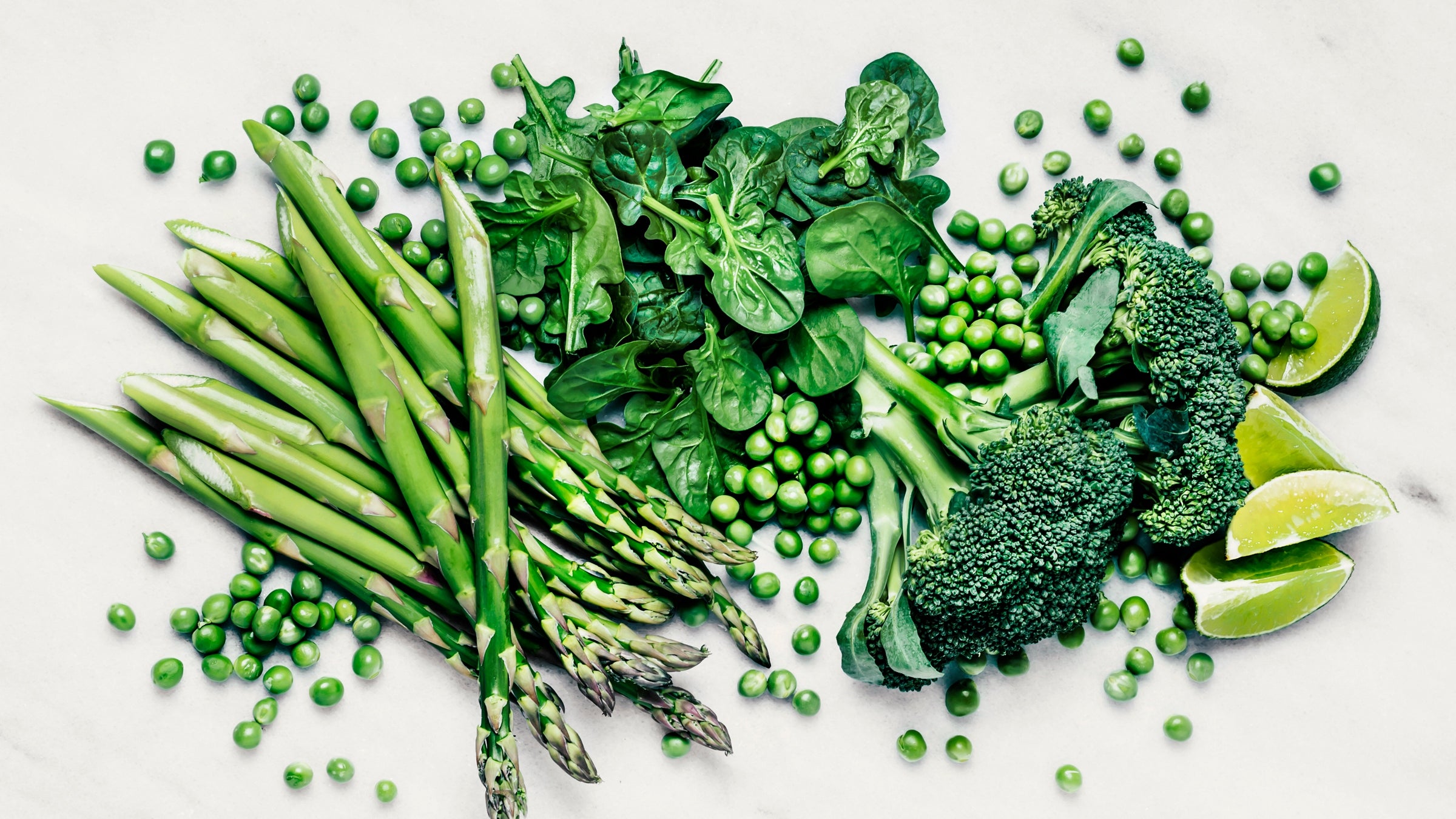Age Gracefully with Plant Phytochemicals

Smooth, glowing skin doesn’t just happen—especially when you’re fighting the combined effects of age, environmental toxins and way too much time in the sun. But a ton of anti-aging benefits may be hiding in your daily smoothie and salad. Phytochemicals—plant pigments responsible for the vibrant colors in fruits, vegetables, legumes, nuts and seeds—have powerful sun-protective and other benefits to minimize sun damage, wrinkles, sagging skin, brown spots and other signs of aging. Keep your supple, youthful glow with these eight science-backed options.
1. Ellagic acid, an antioxidant found in pomegranates, strawberries, raspberries, purple or red grapes, blackberries and pecans, protects against free radical damage from the sun’s UV rays, minimizing signs of aging and reducing the risk of skin cancer. Other studies suggest ellagic acid reduces brown spots and inhibits collagen breakdown to keep skin smooth and firm. It’s also a powerful anti-inflammatory and speeds wound healing.
2. Epigallocatechin gallate (EGCG), found mostly in green tea and in smaller amounts in black tea, cranberries, strawberries and kiwis, reduces wrinkling, dryness and signs of aging. As a potent antioxidant, it protects the skin from sun-related damage, slashes the risk of skin cancer and can even repair existing damage, especially when it’s applied topically. Even in small doses (the amount found in two cups of green tea), EGCG can significantly lessen inflammation and mitigate damage after too much time in the sun.
3. Lycopene, an antioxidant found in tomatoes, guava, watermelon, pink grapefruit and papaya, protects against the immediate effects of excessive sun exposure, like redness, blisters and irritation, as well as long-term damage that leads to wrinkles and signs of aging. In one study, lycopene reduced sun-induced inflammation and redness by as much as 40 percent. Like other carotenoids, it also improves skin elasticity, hydration and texture, and minimizes wrinkles and age spots.
4. Beta carotene, found in carrots, pumpkin, sweet potatoes, mangos, winter squash and dark, leafy greens, is converted by the body to vitamin A, critical for increasing turnover of skin cells and minimizing dry, flaky skin. Beta carotene and vitamin A also protect against sun damage, increase skin elasticity, reduce wrinkles, promote collagen production and lessen signs of aging. As a potent anti-inflammatory, beta carotene also treats psoriasis, eczema and other inflammatory skin conditions.
5. Chlorophyll, a green pigment that helps plants absorb energy from the sun, is abundant in spinach, parsley, collard greens, broccoli, mustard greens and other dark green vegetables. Chlorophyll has antioxidant and anti-inflammatory activities, significantly improving resistance to oxidative damage, and some research suggests it may be partly responsible for the skin-healing benefits of green vegetables. In one study, chlorophyll improved facial wrinkles and elasticity in women over the age of 45, and enhanced collagen synthesis.
6. Fucoxanthins, a class of antioxidants found in brown seaweeds like wakame, hijiki, nori, arame and dulse, protect the skin from sun damage and wrinkles, and reduce the risk of skin cancer. Some studies also suggest fucoxanthins from seaweed inhibit pigmentation and lessen brown spots from excessive sun exposure. Seaweed is also rich in other skin-supportive minerals and nutrients, as well as a compound called laminaria angustata that encourages hair growth.
7. Anthocyanins are a class of antioxidants found in blueberries, blackberries, red cabbage, cherries, cranberries and other purplish-red foods. They’re powerful antioxidants and anti-inflammatories, protecting against sun-induced skin aging and reducing the risk of skin cancer. Anthocyanins may also increase skin levels of collagen, elastin and hyaluronic acid, for supple, more elastic skin.
8. Astaxanthin, an antioxidant found primarily in a type of microalgae called H. pluvialis, protects skin from sun-related aging; some studies suggest it’s even more effective than beta-carotene and other carotenoids. Astaxanthin can also reduce wrinkle formation, lessen dryness, improve skin elasticity, combat age spots and minimize crow’s feet around the eyes; it’s especially effective when combined with collagen. Salmon, shrimp, lobster are the main dietary sources of astaxanthin (marine animals eat the bright red pigment, which gives them their pinkish hue); if you’re vegan, plant-based supplements are a good alternative.
Related: